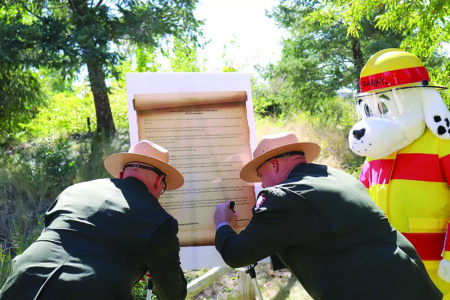To your good health
Pain persists around puncture site after medical procedure

DEAR DR. ROACH: Nine days ago, I had a medical procedure under general anesthesia. One of the lines was put in the artery in my left wrist. Aside from deep bruising that went halfway up my forearm, it seems that there is some nerve damage. I have constant pain from my thumb, through my wrist, and up to about 3 inches on my arm. Overnight, the pain becomes intense and radiates all the way up to my shoulder.
Tylenol and an arthritis sleeve only provide minimum relief. Should I request to see a neurologist, or is there another type of doctor to seek out for a diagnosis? This has become life-altering, and I’m hoping it will eventually be healed. — B.F.
ANSWER: I suspect that the bruising on your forearm was caused by bleeding from the puncture site of the artery in your wrist. (This type of line is used to measure blood pressure accurately and instantaneously.) The hematoma (blood collection) inside the wrist might be compressing the median nerve in your carpal tunnel, which causes a neuropathy very much like carpal tunnel syndrome.
If I am right, then the condition should improve as your body absorbs the blood, which takes pressure off the nerve. However, there are case reports of permanent damage to the nerve from complications of an arterial puncture. In general, if the nerve compression is serious enough to cause weakness, it needs to be acted upon urgently.
The doctors who performed your procedure need to know about this complication, and a neurologist is exactly the right person to see. A simple nerve test could confirm my suspicion or disprove it by finding a different cause if your symptoms persist.
DEAR DR. ROACH: I’m an active 60-year-old and took a soccer ball to the groin some time back. After a few months I noticed a change in my sexual organ. Narrowing and bending of my organ developed, and it seems to be getting worse.
My general doctor seems to think it’s Peyronie’s disease. After researching this, I started taking vitamin E and COq10 supplements. I scheduled a urologist exam but was hoping for some insight on this. — G.
ANSWER: I suspect your general doctor is correct, and an evaluation by a urologist is certainly indicated. Peyronie’s disease is often triggered by trauma in a person who is genetically susceptible to the condition. (Your trauma was very clear, but it isn’t always clear in everyone what the trauma might have been.)
The diagnosis is made by an examination showing a bend in the penis, along with plaque that can be felt during an examination in most cases. Some men, but not all, will have pain.
In men who are in the active phase of the disease (where the curvature is getting worse), urologists will often prescribe pentoxifylline for three to six months in hopes of stabilizing the condition and preventing the curve from worsening.
Vitamin E was not found to be superior to a placebo treatment. CoQ10 was found to have a benefit in a small trial, and since it is very safe, I think that this was a reasonable treatment for you to try.
Depending on your symptoms and degree of curvature, there are several options for treatment. Medication can be injected directly into the penis; men treated with this were found to have about a 34% improvement in curvature. Traction therapy is also frequently used.
In men with more severe disease that does not respond to the previous options, surgical treatment can be considered. This should be done in men whose sexual function is affected by the disease and in cases where medical treatments have failed to improve their symptoms adequately.
Dr. Roach regrets that he is unable to answer individual letters, but will incorporate them in the column whenever possible. Readers may email questions to ToYourGoodHealth@med.cornell.edu. (c) 2025 North America Syndicate Inc. All Rights Reserved




